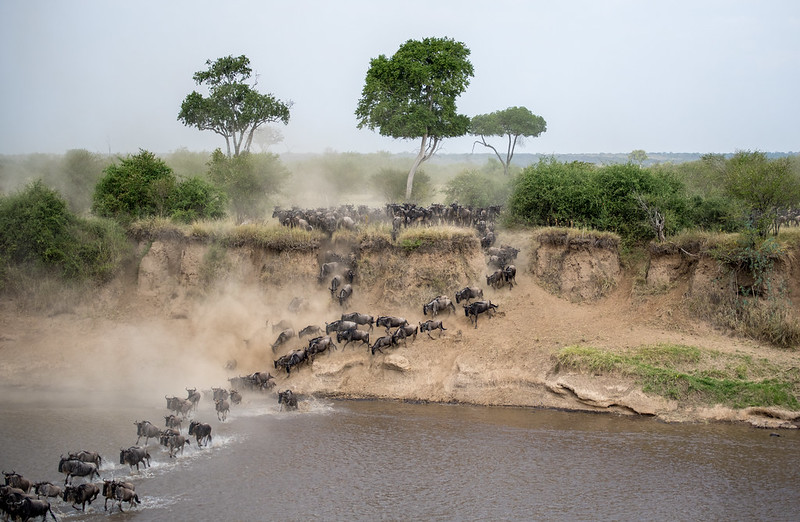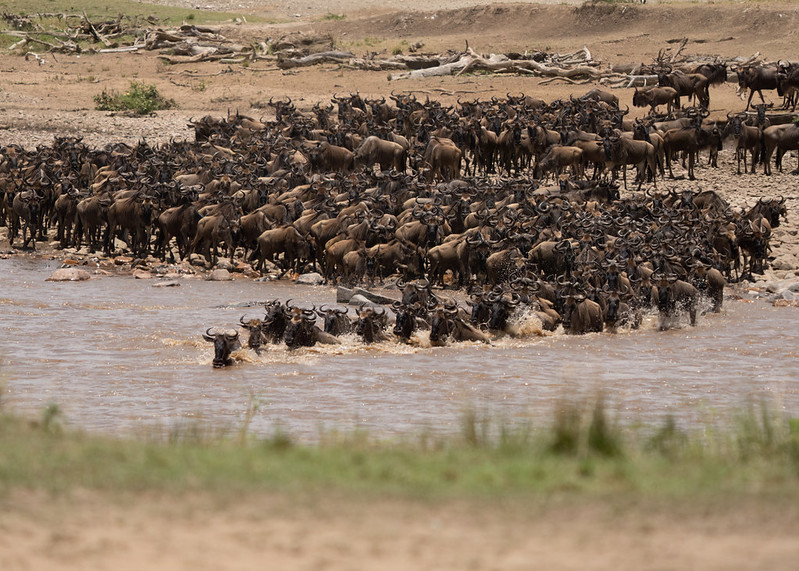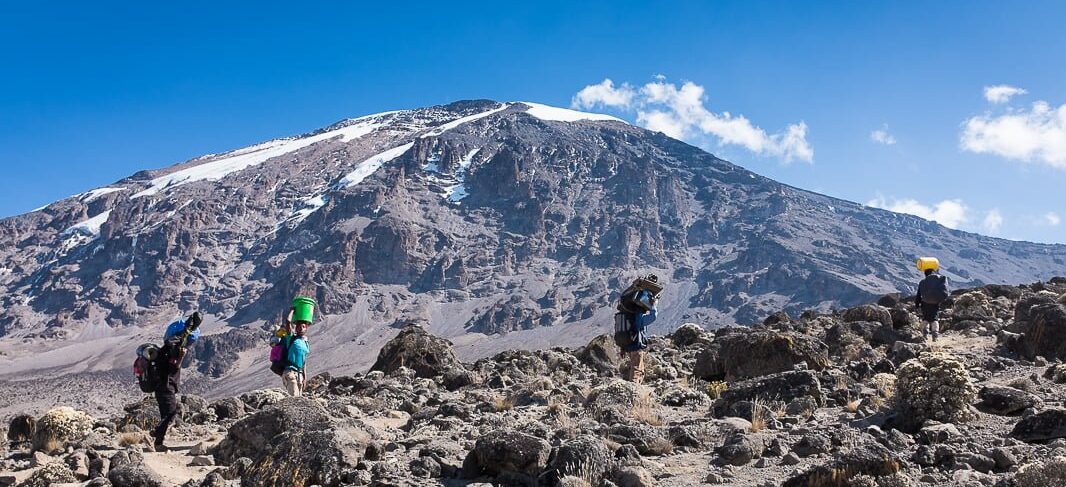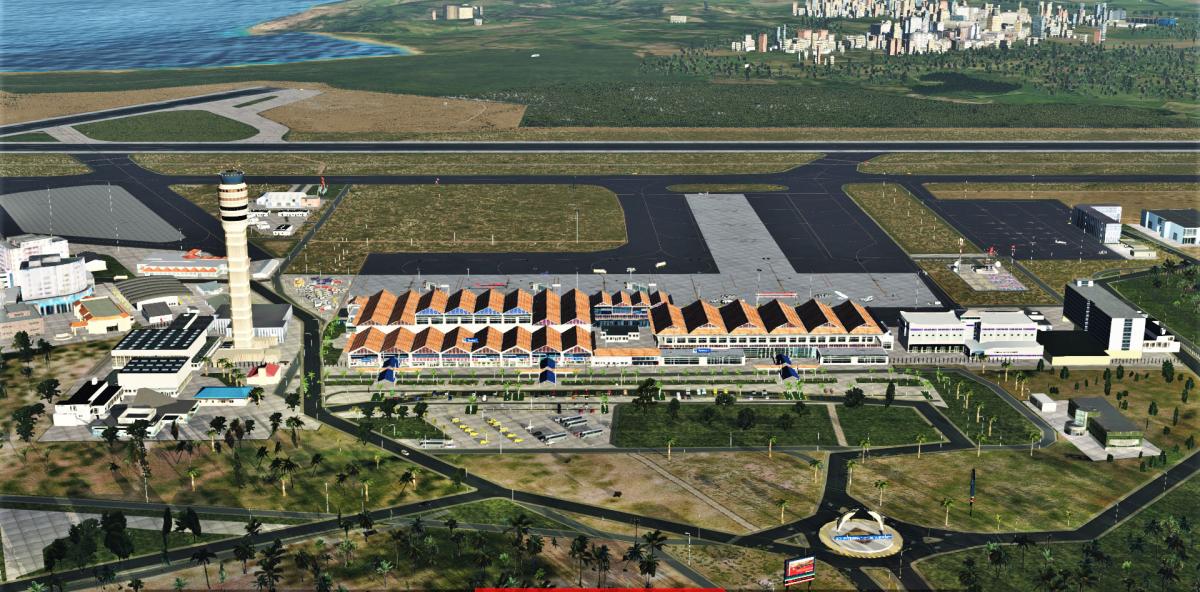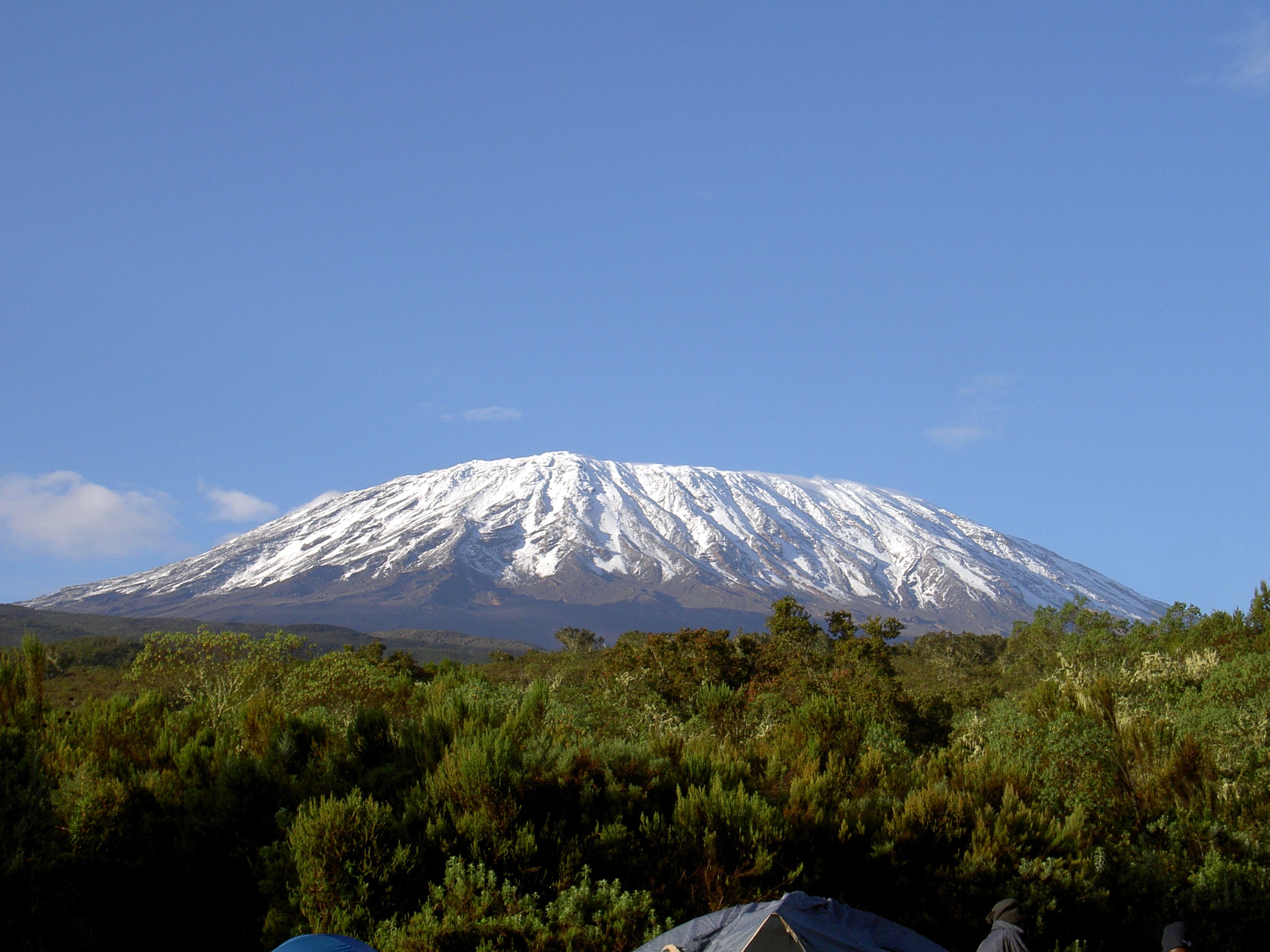
How hard is it to climb Mount Kilimanjaro?
Many tourists have the goal of hiking to the summit of Mount Kilimanjaro, Africa’s highest mountain and the world’s tallest free-standing peak. Tanzania’s Kilimanjaro is thought to be climbed by 30,000 people annually, and data indicates that the number of individuals ascending the mountain is rising.
So how exactly do you go to the top of Kilimanjaro and what is the best route to take to improve your chances of success? Now let’s talk.
How many paths lead up to Mount Kilimanjaro’s summit?
A total of seven paths lead to the top of Tanzania’s Mount Kilimanjaro. These are: Lemosho, Machame, Marangu, Rongai, Northern Circuit, Shira, and Umbwe. The Mweka path is another descent-only route.
Because to its gentle slope, the Marangu path is among the easiest to climb the mountain. This is also the only route up Kilimanjaro that provides dormitory-style sleeping huts with Coca-Cola service. It has earned the moniker “the Coca-Cola route” as a result. Its said that travelers can complete “the Coca-Cola route” in five to six days. It’s the most traditional path and possibly the most taken.
There may be one or more paths to the peak available, depending on your trip operator. It is advisable to go cautiously in order to allow your body to adjust to the new elevation. The main cause of the majority of summit failures is altitude sickness.
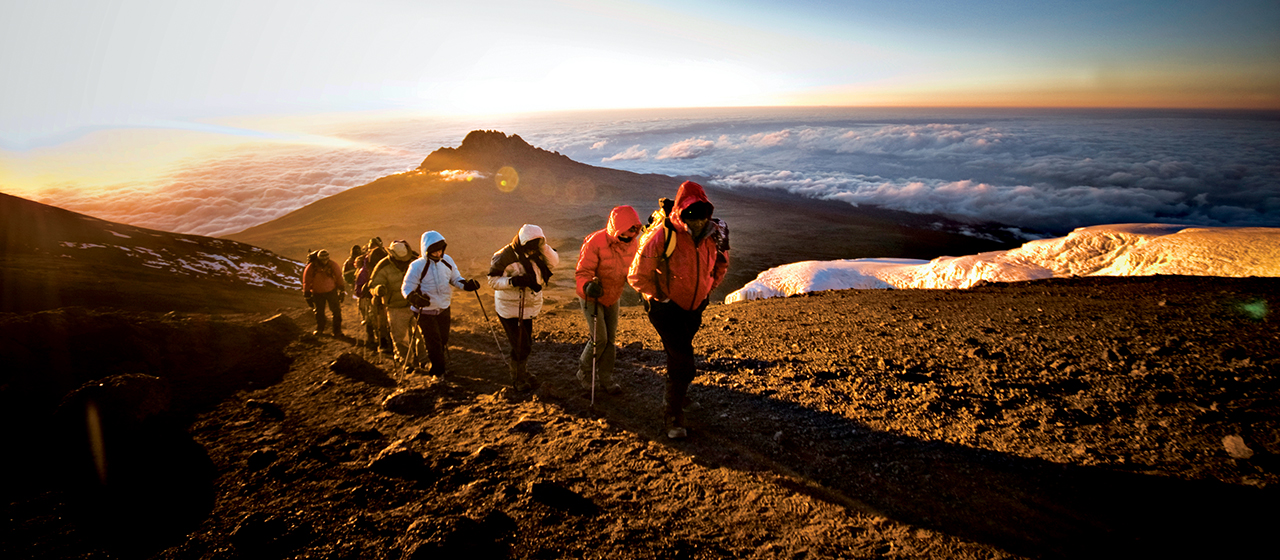
Is Mount Kilimanjaro climbable for a beginner?
Indeed. Since it is merely an uphill stroll, no technical talent is needed. You don’t require any specialized climbing gear, ropes, or prior trekking expertise. Your chances of a successful summit might be increased by making your reservation with a reputable tour operator.
That is not to argue, though, that having prior hiking expertise has no bearing on your likelihood of reaching the summit. Without a doubt, hikers with prior mountain climbing experience will find climbing Kilimanjaro easier than those without such experience.
The high altitude is the biggest problem when trekking up Kilimanjaro. Ascending to the summit takes several days, and ascents result in decreasing oxygen concentrations. Individuals with prior experience are better able to assess the demands of a hike like this and modify their pace to enable several hours of walking. They might also know how to pace themselves better. Maintaining a steady pace and an optimistic outlook can be quite beneficial for first-time hikers. Getting a decent night’s sleep every evening is another easy acclimation suggestion.
What is the duration required to ascend Mount Kilimanjaro?
To reach the top of Mount Kilimanjaro, one must spend an average of five to nine days hiking downhill to the finish line. Your chances of reaching the summit of Mount Kilimanjaro increase with the amount of time you stay there since you will grow more acclimated to the altitude and experience less weariness.
What time of year is ideal for climbing Mount Kilimanjaro?
The warmest and driest seasons of the year, which span from December to mid-March and mid-June to the end of October, are the ideal periods to climb Kilimanjaro. At that time, the weather is ideal for climbing Mount Kilimanjaro: clear skies, breathtaking views, hardly any rain, and lots of sunshine. Nevertheless, even if the weather is ideal during these months for a Kilimanjaro trek, these are also the busiest periods of year.
Kilimanjaro does not “close,” in contrast to the Himalayas, and climbing is permitted all year long. The only months to steer clear of are April and November since they coincide with the primary rainy season, which makes the paths more treacherous and hazardous for hikers. As a result, climbing is often not a good idea during the rainy season.
How to get ready and train
The best training recommendation for climbing Mount Kilimanjaro is to just go hiking. To get a sense of what it will be like to climb Kili, try to hike as much as you can on hills or mountains. It would be ideal if you could hike with a weighted backpack.
Not everyone has easy access to the outdoors, of course. If you fit that description, you can simulate hiking with an equipment similar to the stairmaster at your neighborhood gym. Running or cycling are two examples of long-term cardiovascular exercises that might help you become ready for the hike.
Recall that you will be walking up Kilimanjaro for extended periods of time, carefully, and slowly while carrying a daypack weighing roughly 20 pounds. Therefore, maintain a slow speed and increase the time interval or distance during your workout.
Make an effort to trek three times a week, for a minimum of one hour each time. It goes without saying that the trails in your area will determine the length, difficulty, and height of your hikes. The ideal “training trail” would be a few miles in length with a moderate ascent that you could do in about an hour.
On the weekends, try to schedule longer hikes with modest elevation changes that take four to six hours and a 20-pound pack. You’ll be more mentally and physically prepared for the challenge of the high altitudes thanks to this.
Keep in mind that the objective is to mimic climbing Kilimanjaro, so wear your daypack and take your time and move slowly and savor!

